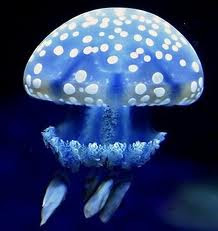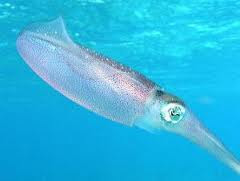 General Characteristics
General Characteristics
Body Length: 185-240 cm / 6-8 ft.
Shoulder Height: 90-105 cm / 3-3.5 ft.
Tail Length: 5-10 cm / 2-4 in.
Weight: 250-320 kg / 550-704 lb.
The body coloration is unmistakable: the front part of the body (ending just after front legs) and hind legs are black, while the back has a saddle of grizzled white or Grey.
While this coloration seems conspicuous, it renders the tapir nearly invisible in the moonlit jungle at night. Young animals are completely different from their mature relatives, resembling brown watermelons with whitish stripes and spots on a chocolate brown coat.

They lose this baby coat 4-7 months after birth. The thick hide is sparsely covered with hair, and there is no mane or ridge on the neck. The body is round and barrel-shaped, the tail is no more than a stump. The nose and upper lip are extended to form a short, prehensile proboscis. The eyes are small and beady, and the ears are rimmed with white.

Ontogeny and Reproduction
Gestation Period: 390-403 days.
Young per Birth: 1
Weaning: 6-8 months.
Sexual Maturity: At about 3 years
Life span: Up to 30 years
Breeding occurs in May and June.
Ecology and Behavior
Malayan tapirs are primarily - although not exclusively - nocturnal. They cover large distances in their search for food, making frequent stops to eat. Regularly used paths are used in these foraging excursions, and several may lead to bodies of water.
Each animal occupies a large territory which overlaps that of its neighbors. These paths and territories are marked with urine, which is sprayed on small bushes and plants. When moving, the Malayan tapir walks slowly with its head down, which probably allows it to pick up the scents of other tapirs.
Individuals also communicate with shrill whistles. The Malayan tapir is a good climber, scaling steep slopes with relative ease, and when alarmed gallops off with surprising speed.

































